Past meets present: this app lets you step inside old Hong Kong
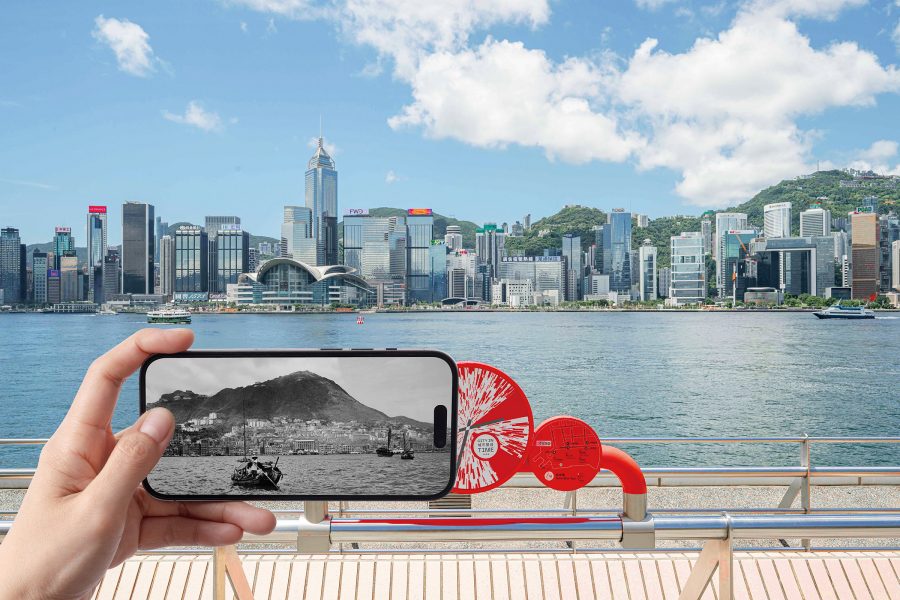
The romantic idea of “old Hong Kong” captivates misty-eyed locals and visitors alike – and now there’s a new Hong Kong tourist app that allows you virtually step back in time.
Ever wished you could stroll along the neon-lit Jordan Road where Cantopop star Anita Mui used to sing, or see the vintage Peak Tram as it trundled by in the early 20th century? Thanks to City in Time , an augmented reality (AR) project that transports you back to the Hong Kong of the last century, you now can.
All you need to do is download the City in Time app to navigate the city through your screen, or visit locations scattered throughout Hong Kong and scan the signs, or “AR clocks”, to have old street scenes brought back to life in front of your eyes.

Credit: Yaorusheng/Getty Images


Artistic director Jeffrey Shaw was inspired by vivid memories of flying into the old Kai Tak Airport while travelling between Europe and Australia as a young man, before the airport was decommissioned in 1998. After being approached by the Tourism Commission in 2017 to conceptualise a tourism-centred AR project, he formed a team with researchers, programmers and historians at City University of Hong Kong (CityU) and local artists.
Hong Kong’s rapid urban development over the last century has transformed entire districts. Skyscrapers rise where market stalls once stood and harbour reclamation has created whole new neighbourhoods. Shaw, a leader in new media art, envisioned City in Time as a playful yet educational tool that would let the public “stand in certain places in Hong Kong and see panoramic views of how they looked in the past”.

Credit: NurPhoto/Getty Images
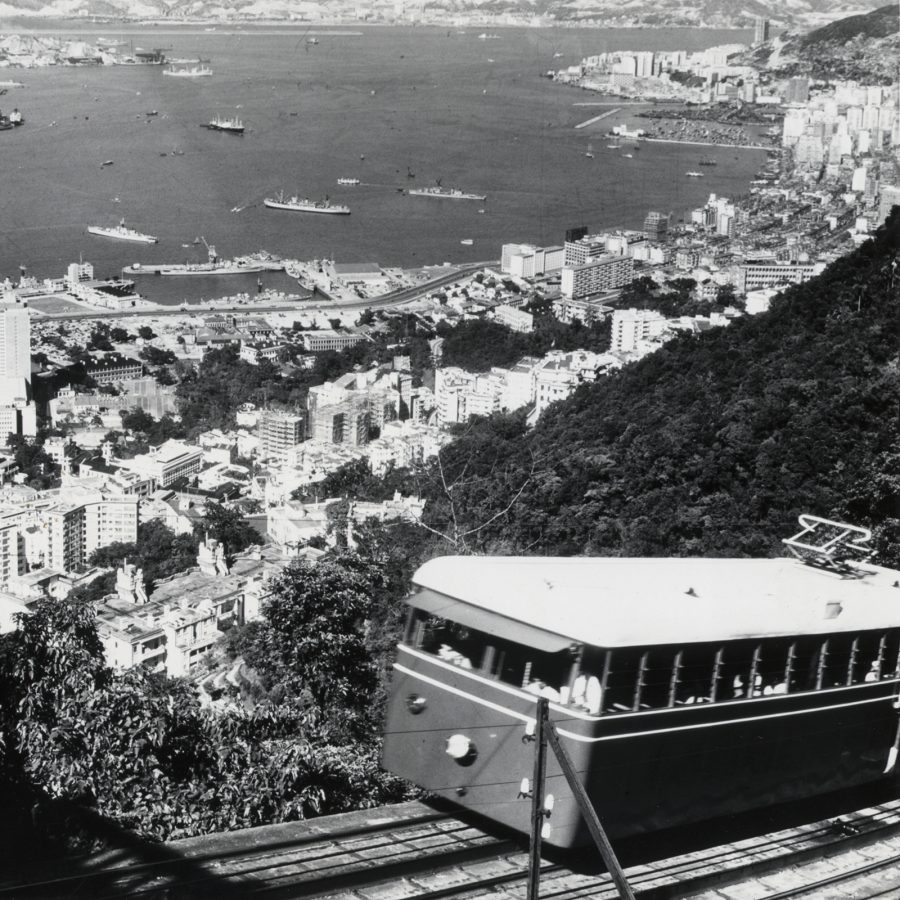
Credit: Bettmann/Getty Images
The platform now spans more than 40 locations, with new locations appearing as the project develops. In its first phase, it encompassed popular spots, including Central, Tsim Sha Tsui, The Peak, Sham Shui Po and Yau Ma Tei. The second phase extended to lesser-known neighbourhoods, such as Lei Yue Mun, Tai Hang and the more recent additions of Kai Tak and the area of East Kowloon that was once Kowloon Walled City.
Site selection isn’t based solely on historical significance, says Richard Allen, City in Time’s project director and chair professor of film and media art at CityU: “The key point is also whether there’s a lot of materials, data and good-quality photographs available, so that we can have a reasonable chance of reconstructing the panorama.”


Old imagery is often scarce, black and white, and shows only partial views, but Shaw avoided using AI to fill gaps. Instead, he commissioned 14 Hong Kong artists to create hand-drawn interpretations based on historical research. “This is an opportunity not just to show Hong Kong the way it was but also through the eyes of local artists,” he says. “Each artist has their own style, so you get interesting artistic and aesthetic differences between panoramas.”
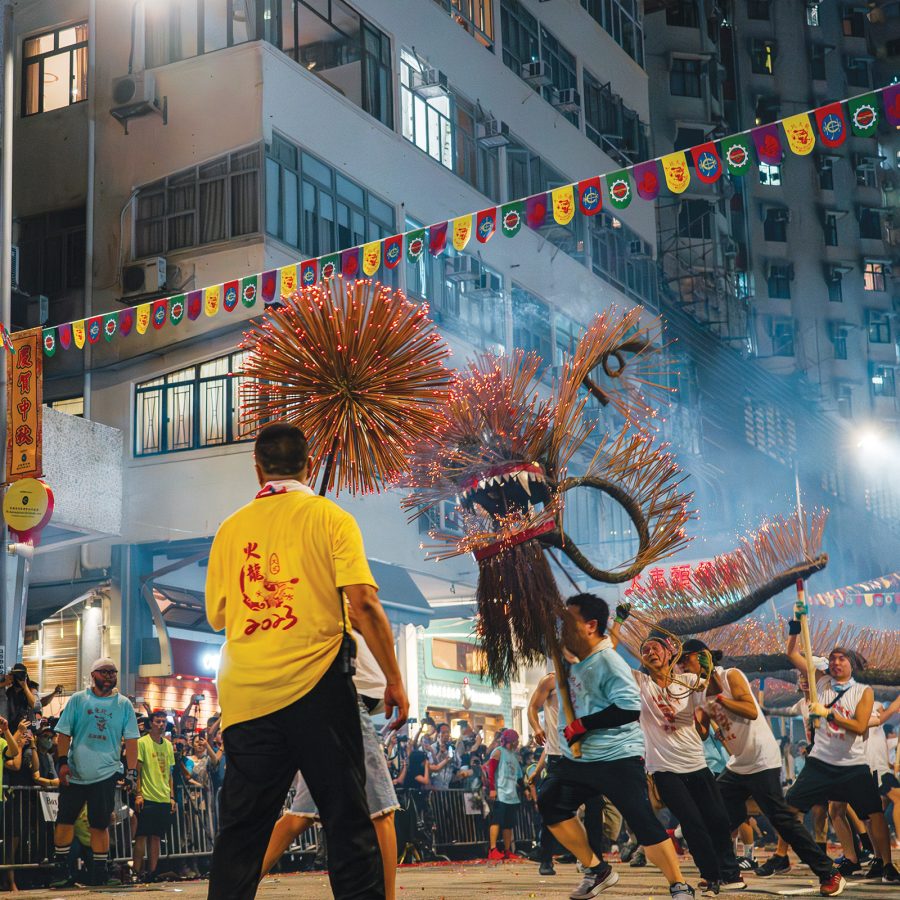
Credit: Anadolu/Getty Images
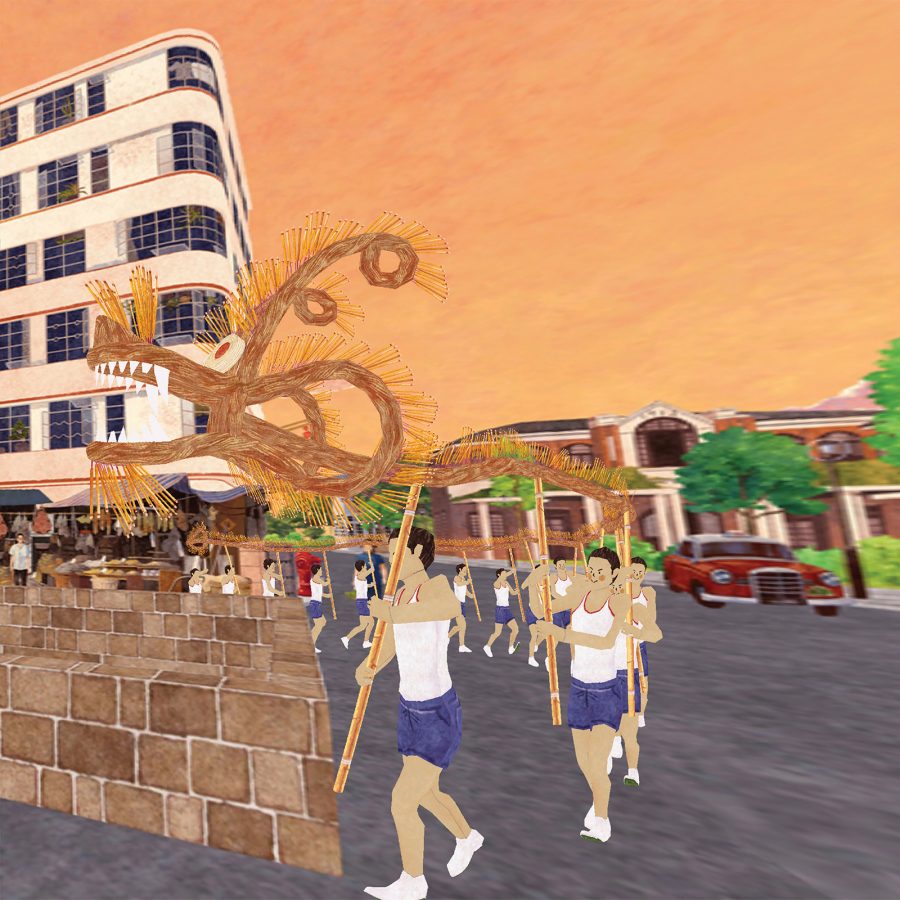
Yip Tsz-lam, one of the project managers, explains how thoroughly the team considered each scene, which included painstaking research into government archives, local universities, private collections and even personal photo albums. “Lei Yue Mun was particularly difficult to reconstruct, as we couldn’t find anything online or in archives,” she says. “Sometimes we had to collect oral history and ask for family photos.” In one case, a second-generation seafood restaurant owner shared a photo of himself with his father. “We asked our artist to draw them into the artwork. That created such a special personal memory for the area.”
Each location also includes cultural context, offering facts about landmarks and intangible heritage. Tai Hang features the Fire Dragon Dance, a ritual first performed in 1880 to ward off plague. Other locations showcase scenes from Hong Kong films, such as Nathan Road in Anita, the 2021 Anita Mui biopic, or Temple Street in the 1993 romance C’est La Vie, Mon Chéri. The app even has a selfie function that let users place themselves into the historic scenery – on billboards, façades or within street scenes.
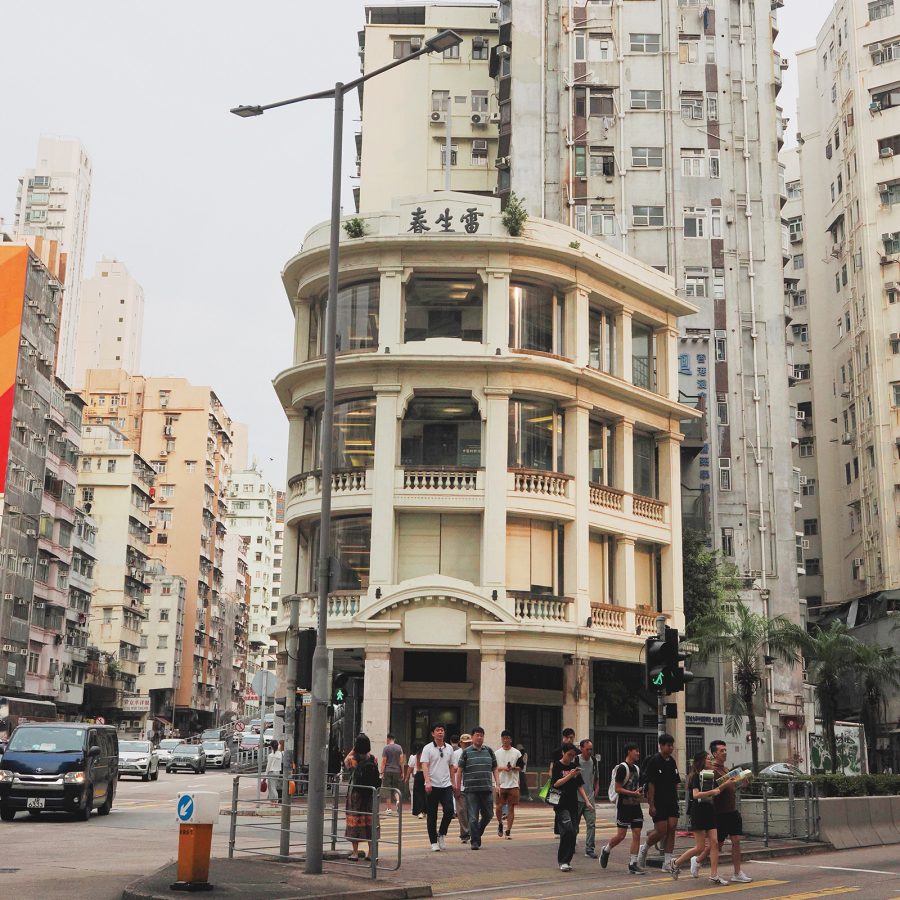
Credit: josephmok/Getty Images
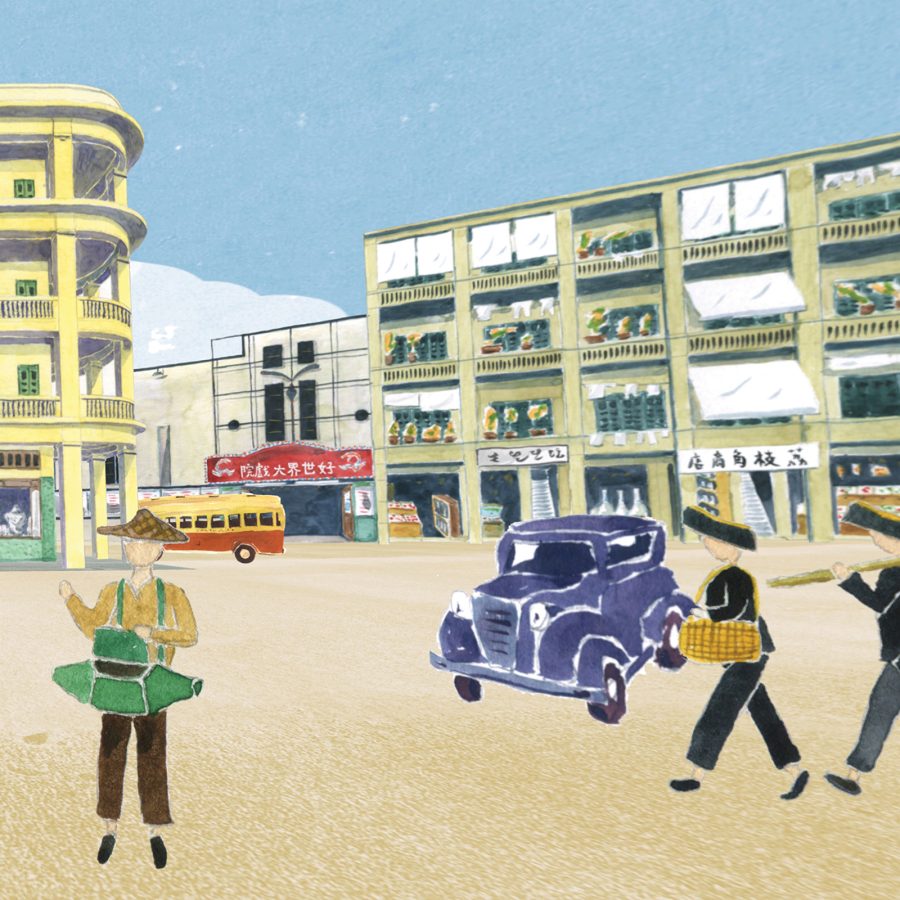
City in Time doesn’t just show you where Hong Kong has been – it lets you stand in the middle of it and see the urban environment evolve up close. Far from pining for a bygone era, Shaw believes the city’s “magic” lies in its ability to transform. “To understand Hong Kong,” he says, “is to understand that the present is just a moment between the past and the future.”
Three locations to visit with the City in Time app
1. The Peak
The current Peak Tram has a swanky retro interior and sleek outlook, but back in the day, it looked completely different. The app displays two distinct iterations of Hong Kong’s oldest, still-operating transport system: the 1900 and 1966 models.
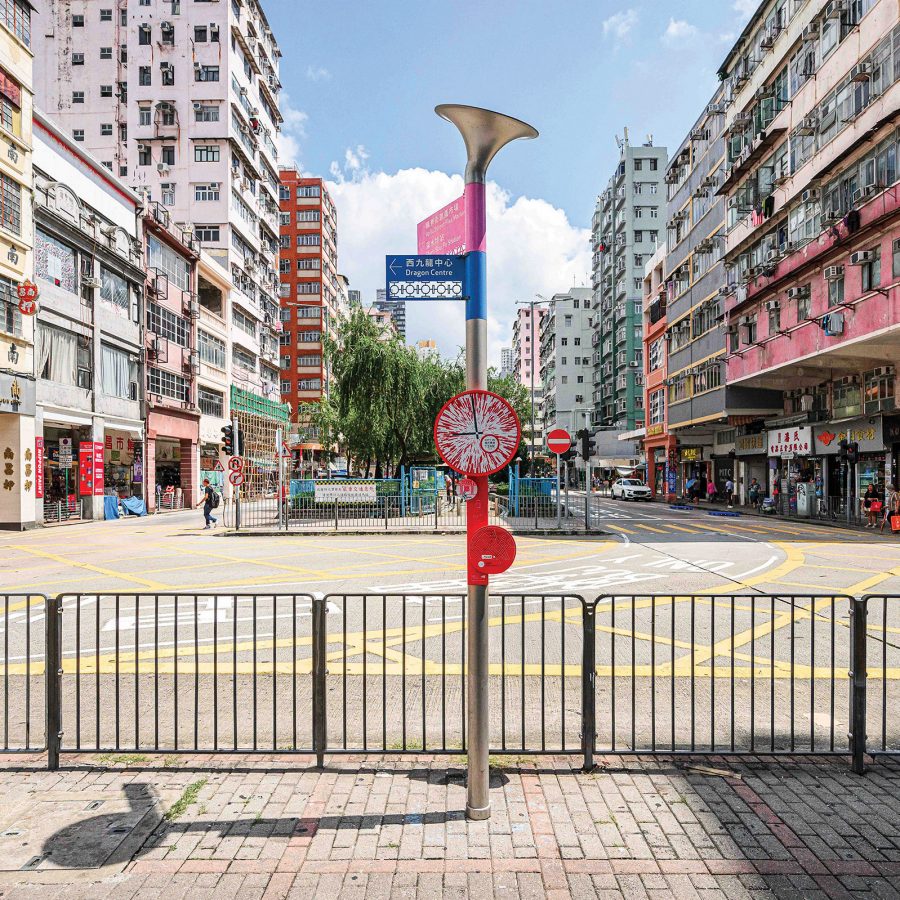
2. Sham Shui Po
For a less-touristed neighbourhood, take the Sham Shui Po route. Among the stops are the Grade I-listed Lui Seng Chun, a tong lau (tenement building) converted into a Chinese medical centre – and Lai Chi Kok Road, once lined with traditional grocers. This route captures everyday life in this area’s past.
3. Kowloon Walled City
The garden of Kowloon Walled City today stands in stark contrast to the lawless enclave that was once there – an area infamous for its maze of illegally built, high-density structures before their demolition in the 1990s. This “city of darkness” inspired countless depictions in media, including the 2024 action film Twilight of the Warriors: Walled In.
More inspiration
Hong Kong travel information
- China – the Chinese Mainland, Hong Kong SAR, Macao SAR and Taiwan Region
- Hong Kong SAR - English
- Chinese Mainland (China) - English
- Taiwan, China - English
- 香港特別行政區 - 繁體中文
- 中国內地 - 简体中文
- 中國台灣 - 繁體中文
- Africa
- South Africa - English
- Asia
- Bangladesh - English
- Korea - English
- Singapore - English
- Cambodia - English
- 한국 - 한국어
- Sri Lanka - English
- India - English
- Malaysia - English
- Thailand - English
- Indonesia - English
- Maldives - English
- ประเทศไทย - ภาษาไทย
- Indonesia - Bahasa Indonesia
- Myanmar - English
- Vietnam - English
- Japan - English
- Nepal - English
- Việt Nam - tiếng Việt
- 日本 - 日本語
- Philippines - English
- Australasia
- Australia - English
- New Zealand - English